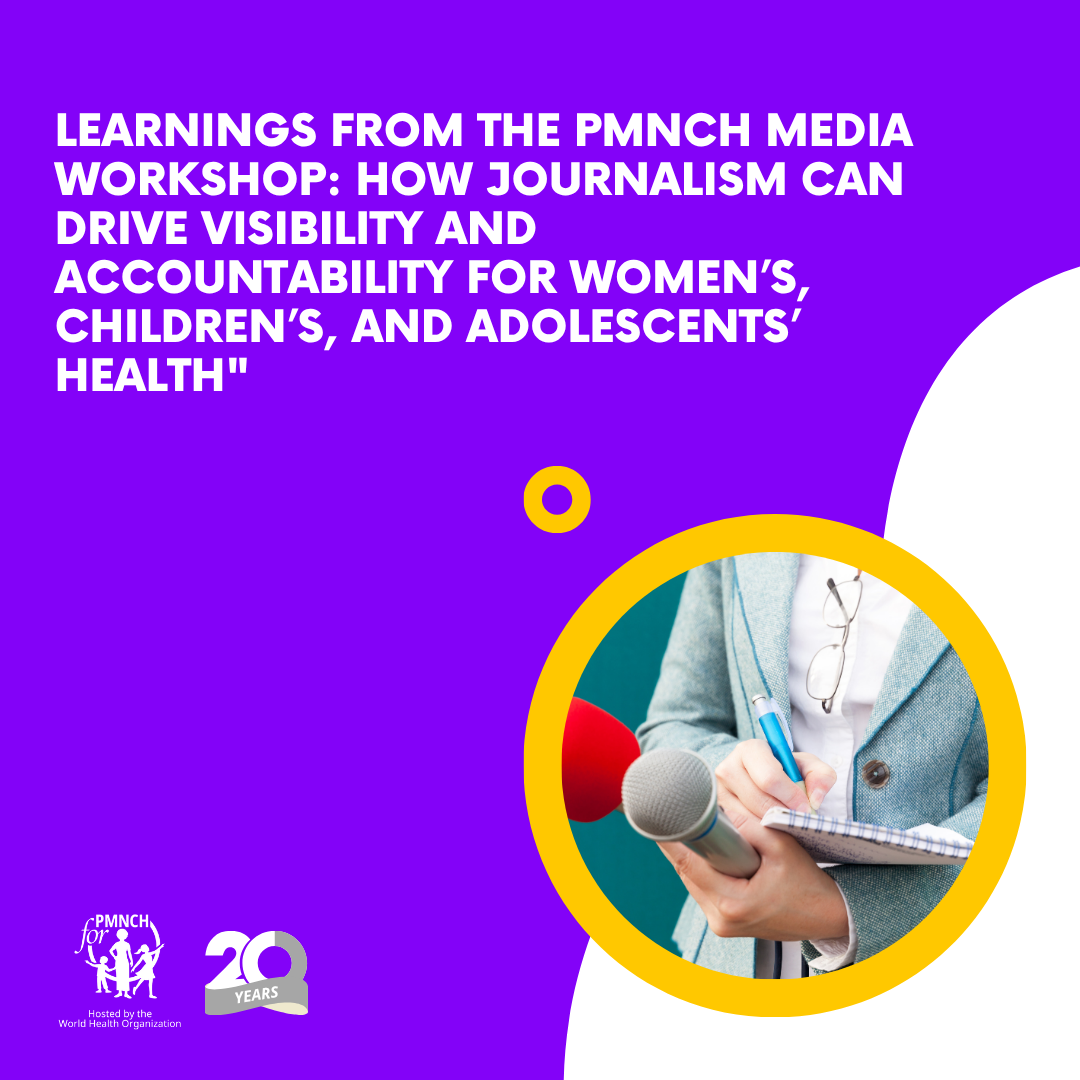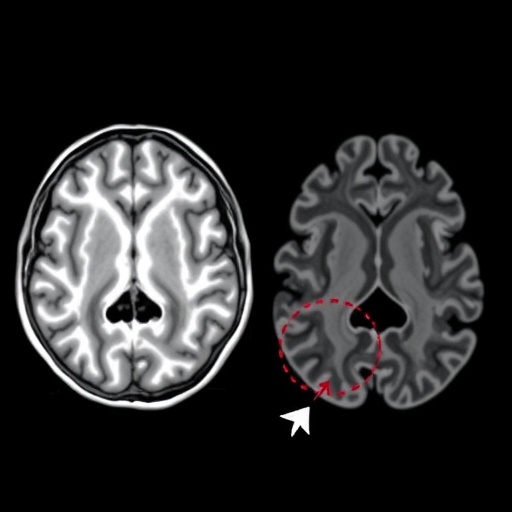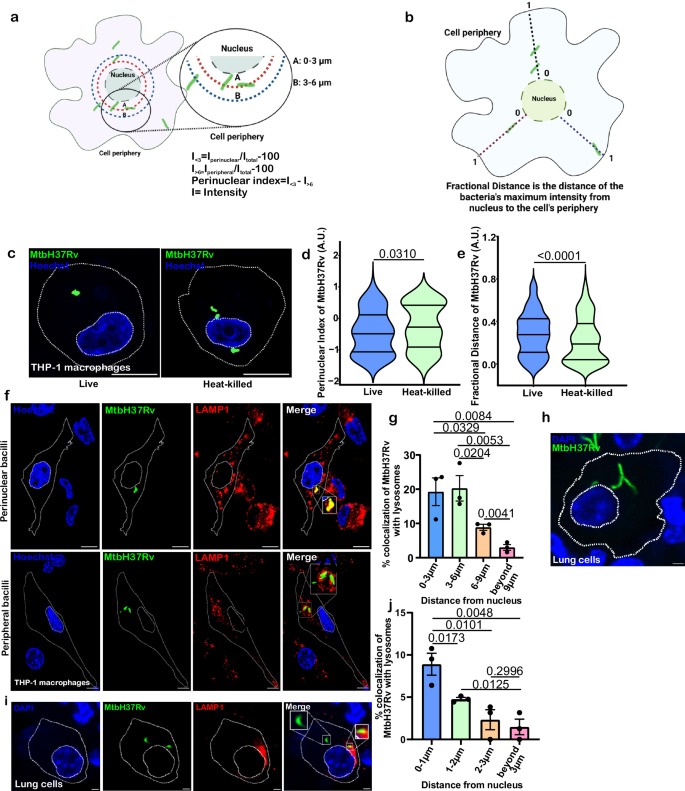Report on the National Inquiry into Child Sexual Exploitation by Grooming Gangs: An SDG Perspective
Executive Summary
A national inquiry in England and Wales, established to address child sexual exploitation by grooming gangs, is facing significant challenges that threaten its capacity to deliver on key Sustainable Development Goals (SDGs). The withdrawal of four abuse survivors from the inquiry’s advisory panel highlights a critical breakdown in trust, impacting the pursuit of SDG 16 (Peace, Justice and Strong Institutions) and SDG 5 (Gender Equality). This report analyzes the recent developments through the lens of the SDGs, focusing on the need for accountable institutions, justice for victims, and the elimination of violence against women and children.
Institutional Challenges and the Pursuit of Justice (SDG 16)
The inquiry’s progress is being undermined by a crisis of confidence, directly challenging the principles of creating effective, accountable, and inclusive institutions as outlined in SDG 16. The core function of the inquiry is to provide justice and accountability, yet recent events have called its integrity into question.
- Erosion of Trust: Four survivors have withdrawn from the panel, citing a “betrayal” by Safeguarding Minister Jess Phillips over a letter they believe dismissed their concerns.
- Leadership Vacuum: Both identified candidates for the inquiry’s chair, Jim Gamble and Annie Hudson, have withdrawn, with Mr. Gamble citing a “highly charged and toxic environment.”
- Calls for Accountability: The survivors have stipulated conditions for their return, which are aimed at restoring faith in the process and ensuring institutional accountability.
The survivors’ demands represent a call to strengthen the institution in line with SDG Target 16.6 (Develop effective, accountable and transparent institutions):
- The resignation of Safeguarding Minister Jess Phillips.
- The removal of their designated victim liaison officer.
- The appointment of a judge to chair the inquiry to ensure judicial independence.
The government’s continued support for the minister, while intended to provide stability, has deepened the divide, demonstrating the difficulty in building the trust necessary for a just and effective process.
Advancing Gender Equality and Ending Violence Against Women (SDG 5)
The inquiry is a fundamental mechanism for achieving SDG 5, particularly Target 5.2, which calls for the elimination of all forms of violence against all women and girls, including trafficking and sexual exploitation. The participation of survivors is essential for a process that is genuinely responsive to the needs of victims.
- Survivor-Centred Approach Compromised: The survivors’ public statements indicate they feel dismissed and disbelieved, a sentiment that directly contravenes the principles of a survivor-led justice process. Their feeling of being “publicly contradicted” undermines the safe and empowering environment required to address gender-based violence effectively.
- Differing Perspectives on Scope: Disagreement exists even among survivors, with some advocating for a broader scope to include other forms of sexual abuse beyond grooming gangs. This highlights the complexity of designing an inquiry that is inclusive and addresses the multifaceted nature of violence against women and children.
Addressing Inequalities and Ensuring Inclusive Accountability (SDG 10 & 16)
The inquiry was initiated following the findings of a report by Baroness Casey, which concluded that authorities had often failed to address the ethnicity of perpetrators. This aligns the inquiry’s mission with SDG 10 (Reduced Inequalities), specifically the need to ensure equal access to justice and end discriminatory practices.
- Commitment to Addressing Systemic Failures: The Prime Minister has reaffirmed that the inquiry will not be “watered down” and will explicitly “examine the ethnicity and religion of the offenders,” a crucial step toward fulfilling SDG Target 10.3 (Ensure equal opportunity and end discrimination).
- Strengthening the Process: The appointment of Baroness Casey to support the inquiry’s work is intended to reinforce its focus on these systemic issues of inequality and institutional failure.
- Inclusive Decision-Making: The current conflict underscores the importance of SDG Target 16.7 (Ensure responsive, inclusive, participatory and representative decision-making). For the inquiry to be legitimate, the concerns of all survivor groups must be heard and constructively addressed to rebuild a participatory framework.
Analysis of Sustainable Development Goals in the Article
1. Which SDGs are addressed or connected to the issues highlighted in the article?
-
SDG 5: Gender Equality
The article discusses issues of sexual exploitation and violence, which disproportionately affect women and girls. The survivors mentioned are women, and the inquiry is focused on “grooming gangs,” a form of gender-based violence. The article also mentions Safeguarding Minister Jess Phillips’ prior work with “victims of domestic abuse, sexual violence, human trafficking and exploitation,” all of which are central to achieving gender equality. -
SDG 16: Peace, Justice and Strong Institutions
The core of the article revolves around the establishment and functioning of a national inquiry, which is a state institution designed to deliver justice and accountability. The conflict between the survivors and the government, the debate over the inquiry’s chair and scope, and the survivors’ feeling of being “publicly contradicted and dismissed” all point to challenges in creating effective, accountable, and transparent institutions that ensure access to justice for all, particularly for victims of severe crimes like child exploitation.
2. What specific targets under those SDGs can be identified based on the article’s content?
-
Target 5.2: Eliminate all forms of violence against all women and girls in the public and private spheres, including trafficking and sexual and other types of exploitation.
The article’s entire subject is the “national inquiry into the sexual exploitation of children by grooming gangs.” This directly addresses the need to eliminate sexual exploitation, a severe form of violence against women and girls. The mention of one survivor being a victim of a grooming gang, online grooming, and rape by older men underscores the multifaceted nature of the violence this target aims to eradicate. -
Target 16.2: End abuse, exploitation, trafficking and all forms of violence against and torture of children.
This target is explicitly relevant as the inquiry is focused on “child sexual exploitation.” The article details the experiences of survivors who were victimized as children (e.g., one survivor was the victim of a grooming gang when she was 12). The government’s effort to investigate these crimes is a direct action towards achieving this target. -
Target 16.3: Promote the rule of law at the national and international levels and ensure equal access to justice for all.
The survivors’ demand for a judge-led inquiry and their feeling of “not being believed” by a government minister highlight a struggle for credible access to justice. The inquiry itself is a mechanism to uphold the rule of law by holding perpetrators and failing institutions to account. The turmoil described shows the difficulty in ensuring this process is just and accessible for the victims it is meant to serve. -
Target 16.6: Develop effective, accountable and transparent institutions at all levels.
The controversy surrounding the inquiry is a clear example of this target in action. The survivors quit the panel due to concerns about a lack of transparency (“tight controls on what they could say”) and accountability (potential chairs having links to policing and social care). Their demand for the minister’s resignation is a call for accountability within the government institution overseeing the inquiry.
3. Are there any indicators mentioned or implied in the article that can be used to measure progress towards the identified targets?
-
Implied Indicator for Targets 5.2 and 16.2 (e.g., Indicator 16.2.3: Proportion of young women and men aged 18–29 years who experienced sexual violence by age 18).
The article does not provide statistics, but the very existence of a “national inquiry” into child sexual exploitation by grooming gangs implies that the prevalence of such violence is significant. The stories of the survivors, who were abused as children, serve as qualitative evidence of the problem that this indicator aims to quantify. The inquiry’s findings would be expected to provide data relevant to this measure. -
Implied Indicator for Target 16.2 (e.g., Indicator 16.2.2: Number of victims of human trafficking per 100,000 population, by sex, age and form of exploitation).
The article mentions that before becoming an MP, Jess Phillips worked for an organization developing services for victims of “human trafficking and exploitation.” This links the issue of grooming gangs to the broader crime of human trafficking for sexual exploitation, which this indicator measures. -
Implied Indicator for Target 16.6 (e.g., Indicator 16.6.2: Proportion of the population satisfied with their last experience of public services).
The article provides strong qualitative evidence related to this indicator. The actions of the four abuse survivors—quitting the inquiry’s panel, writing open letters, and demanding a minister’s resignation because their “trust remained” was “destroyed”—clearly indicate a profound lack of satisfaction with the public service being provided (the inquiry process). Their feeling of “betrayal” is a powerful measure of institutional failure from the perspective of its key stakeholders.
Summary Table of SDGs, Targets, and Indicators
| SDGs | Targets | Indicators (Identified or Implied in the Article) |
|---|---|---|
| SDG 5: Gender Equality | 5.2: Eliminate all forms of violence against all women and girls, including trafficking and sexual exploitation. | The article’s focus on a national inquiry into sexual exploitation by grooming gangs, a form of gender-based violence, implies the prevalence of the issue measured by indicators like 5.2.2 (Proportion of women and girls subjected to sexual violence by persons other than an intimate partner). |
| SDG 16: Peace, Justice and Strong Institutions | 16.2: End abuse, exploitation, trafficking and all forms of violence against children. | The inquiry into “sexual exploitation of children” directly relates to measuring indicators like 16.2.3 (Proportion of young people who experienced sexual violence by age 18) and 16.2.2 (Number of victims of human trafficking), as grooming is a form of trafficking and exploitation. |
| 16.3: Promote the rule of law and ensure equal access to justice for all. | The survivors’ struggle for a credible, judge-led inquiry and their feeling of “not being believed” points to barriers in accessing justice, a key component of this target. | |
| 16.6: Develop effective, accountable and transparent institutions at all levels. | The survivors’ withdrawal from the inquiry panel due to a lack of trust and transparency is a qualitative measure related to 16.6.2 (Proportion of the population satisfied with their last experience of public services). |
Source: bbc.com







